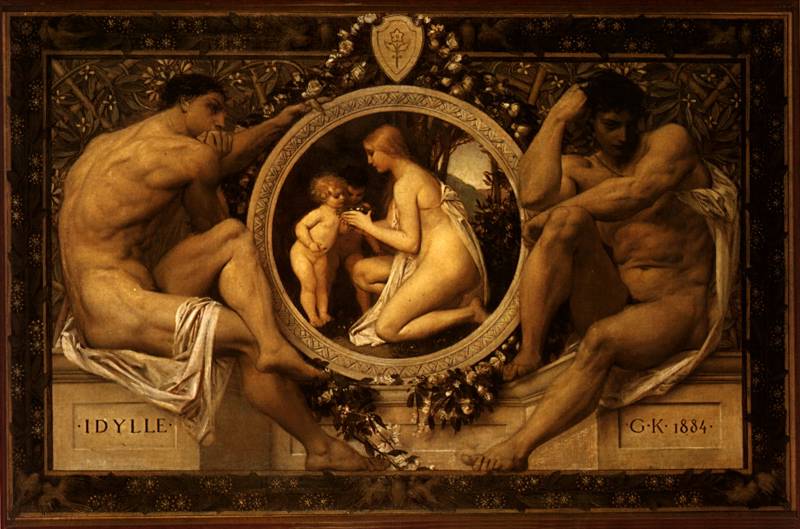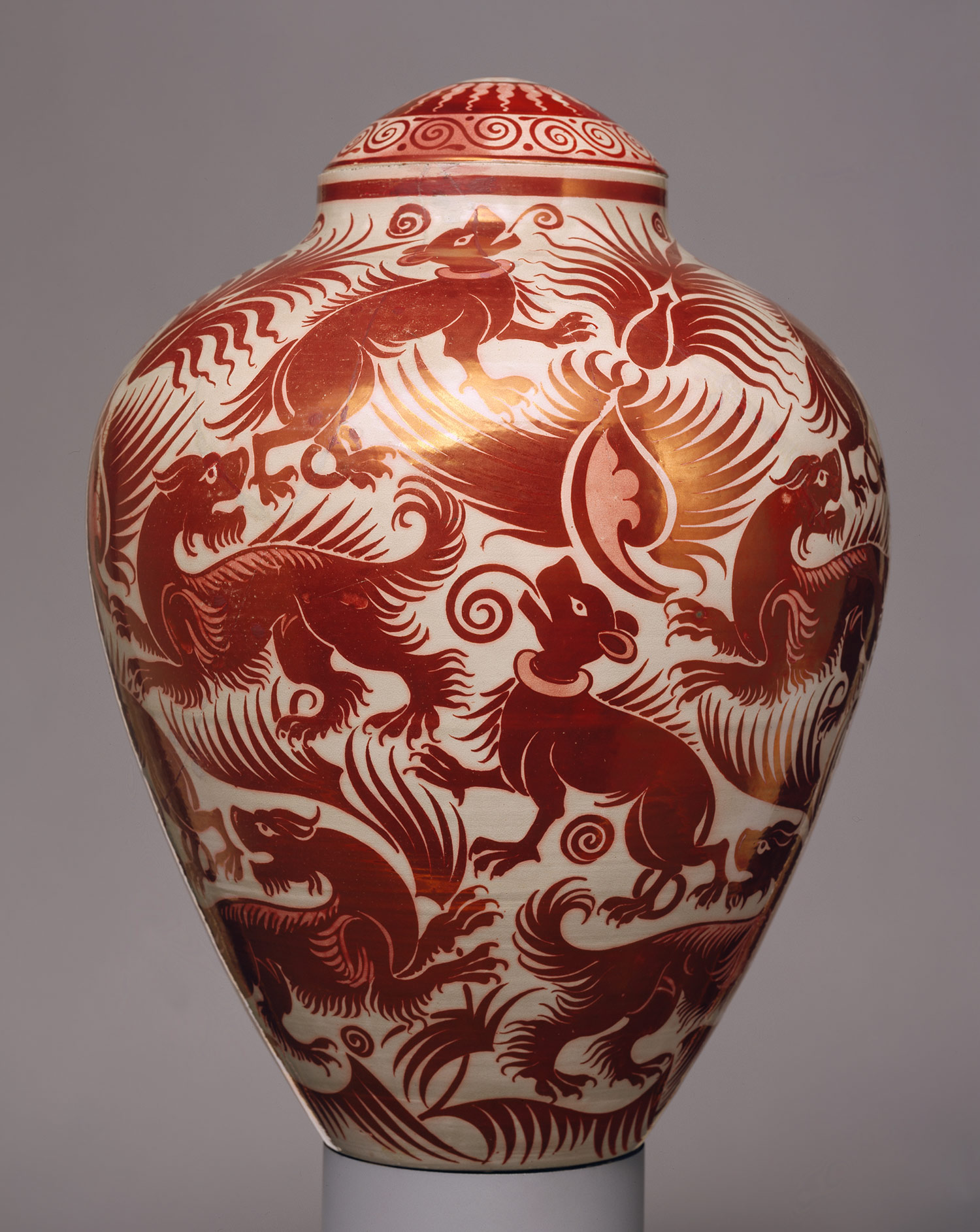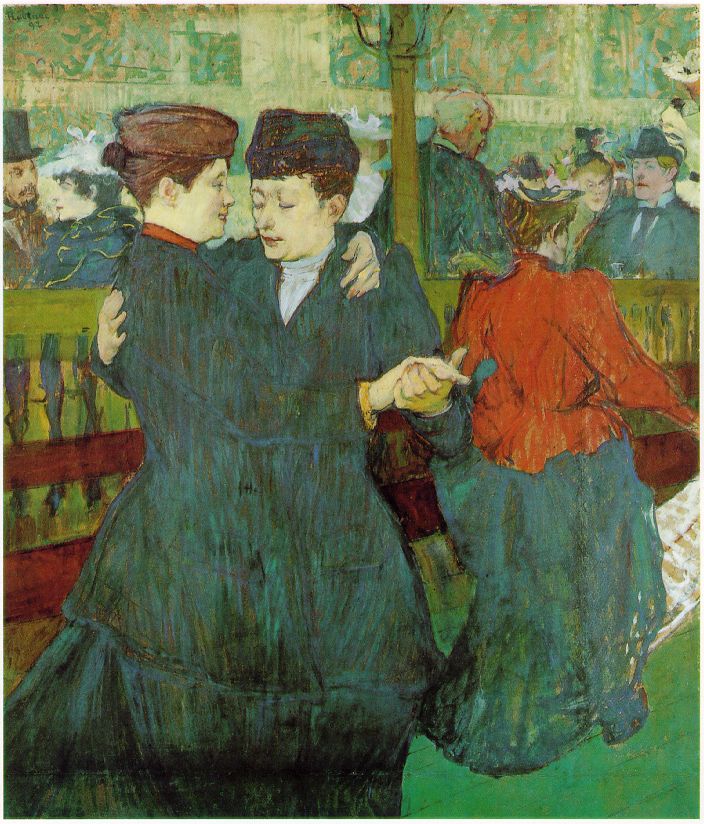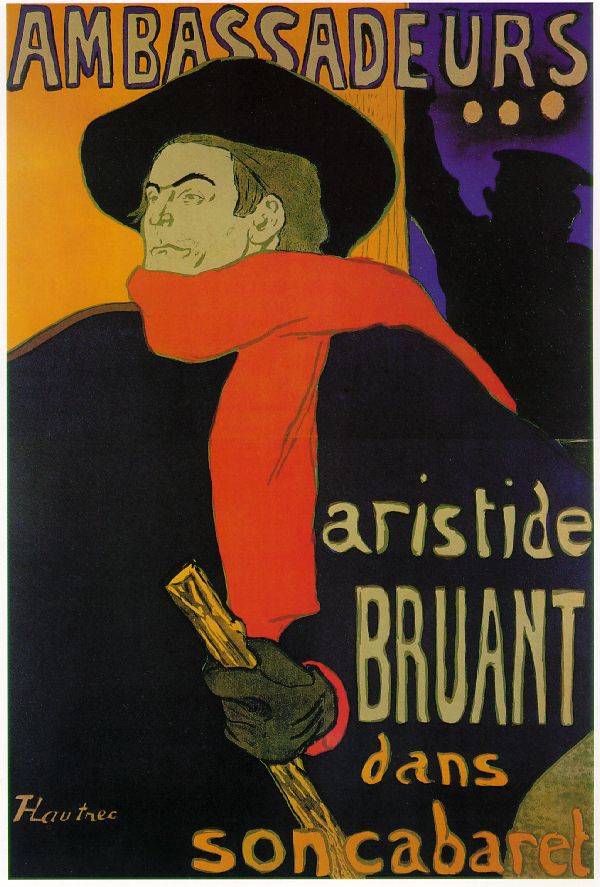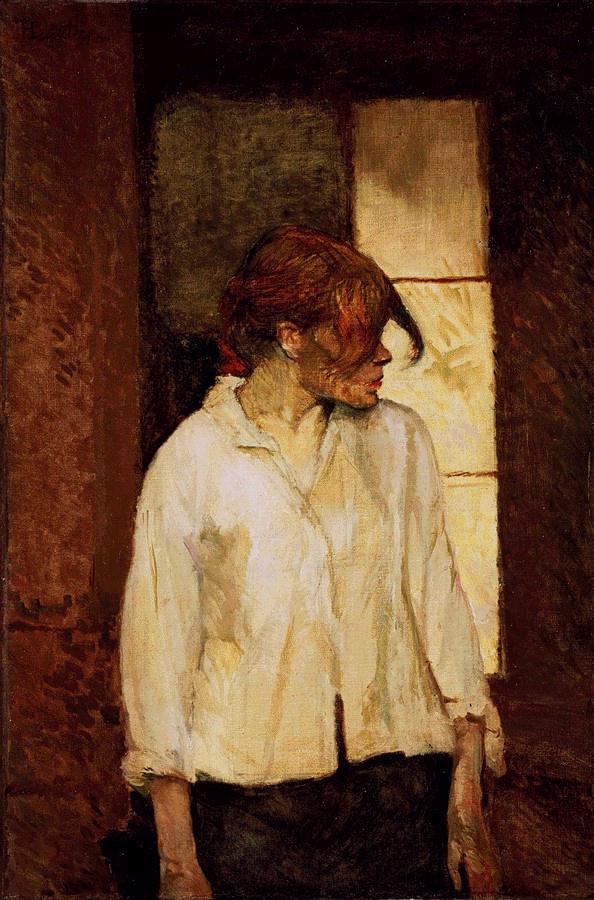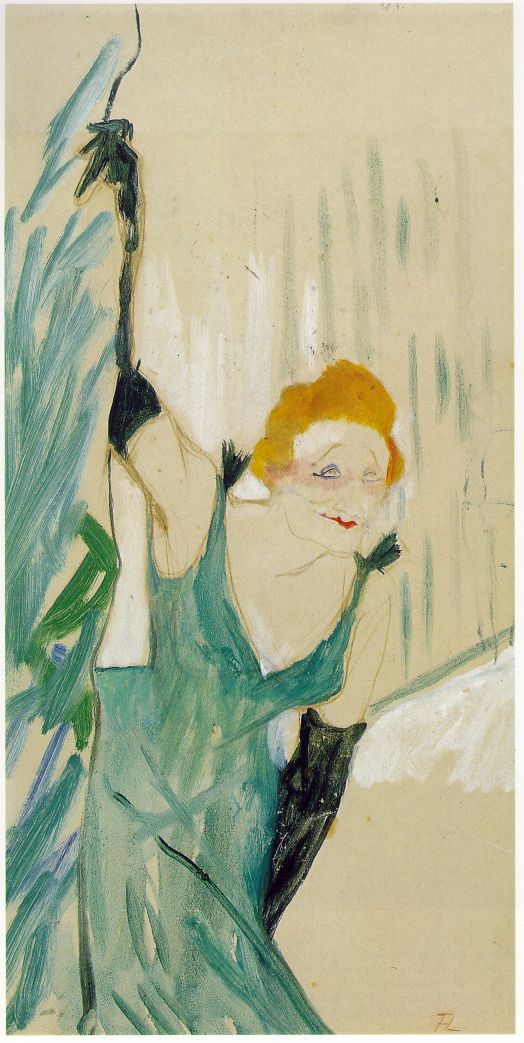Gustav Klimt was born in Austria , near to Vienna to the very poor family where he grew up with his two brothers and four sisters and went to the Vienna school of Arts and Crafts. His father came from Limtomerice city which is pretty close to Prague and he worked with gold and wanted his sons to take over his job. Gustav Klimt and his brothers had artistic talent already in the childhood and that turned out in the adulthood. Gustav Klimt is most known as a portraitist , ornamental designer , and painter. Klimt died also in Vienna in 1918
Why is he still more known artist then others ?
Who inspired him ?
What makes his art special ?
During the research I found out that Gustav Klimt is very popular artist not just in the middle Europe but even in the United states of America or the United Kingdom orJapan and of course in other countries , which I didn't know , and he is still remembered by older and even younger people and also remembered as a very successful man who didn't even grew up in artistic environment .
I think what makes him special is fact that he didn't work with same technique , colors or concept , his palette range of these things is much bigger. If we check his work we will see many different styles like portraits of women , we can also find some abstract paintings , landscape or ornamental paintings , scene from the nature ect. Everything is done with different techniques and colors and even size , so I think that the reason why he has still lot of fans and why he is still famous artist , because you can choose or decide what you like and what you don't like , what I mean is that he basically gives you variety. In terms of landscape , nature his style is close to impressionist style which was working with short brush lines and in some parts of those nature scenes that looks like pointillism for me , but for instance portraits he has done are made in totally different drawing technique by using mainly black lines to make a profile of the character which he not often used in nature scenes. Also in terms of scene from the nature he keeps it in order by adding no abstract features , but in terms of portraitist he uses abstract features all over the painting , specially for women clothes or background which “like I said” doesn't happen in nature scenes. So I would say that in some way he was inspired by the impressionism by my opinion and some way he built his own style which is always worth it because people are hungry to see some new style or at least features in the art .
I definitely like his work he left for us , I think he will be remembered in the far future.
*******************************************************************************
 Gustav Klimt (1907) Portrait of Adele Bloch-Bauer I [Online]. Available at: ( http://www.cosmopolis.ch/klimt3.jpg (Accessed: 22 MArch 2011).
Gustav Klimt (1907) Portrait of Adele Bloch-Bauer I [Online]. Available at: ( http://www.cosmopolis.ch/klimt3.jpg (Accessed: 22 MArch 2011). Gustav Klimt (1895) Liebe [Online]. Available at: ( http://www.cosmopolis.ch/klimt2.jpg (Accessed: 22 MArch 2011).

Gustav Klimt (1901) Judith I [Online]. Available at: ( http://www.cosmopolis.ch/klimt1.jpg (Accessed: 22 MArch 2011).
Gustav Klimt (1902) The Beethoven Frieze [Online]. Available at: ( http://www.ibiblio.org/wm/paint/auth/klimt/klimt.beethoven-frieze2.jpg (Accessed: 22 MArch 2011).
Gustav Klimt (1884) Idylle [Online]. Available at: ( http://www.ibiblio.org/wm/paint/auth/klimt/idylle.jpg (Accessed: 22 MArch 2011).
ameliavavalli ( 2010 ) GUSTAV KLIMT , Available at : http://www.youtube.com/watch?v=xCnt8Ybd81o ( Accessed : 23 May 2011 )
********************************************************************************************************************************
Klimt was born to a poor family – his father was a migrant from Bohemia, who worked as an engraver. When a teenager, Klimt enrolled at the Vienna School of Arts and Crafts, where he continued studying until the age of 21.
********************************************************************************************************************************
Klimt was born to a poor family – his father was a migrant from Bohemia, who worked as an engraver. When a teenager, Klimt enrolled at the Vienna School of Arts and Crafts, where he continued studying until the age of 21.
Klimt joined forces with his brother Ernst and a fellow student to form a small interiors painting concern. Together they made a successful team, creating impressive murals in large public buildings.
But in 1892, Klimt lost both his brother and father. He began to spend less time on large interior decorative works, instead turning to the creation of works on canvas. Many of his paintings celebrate the female form, containing a blend of eroticism and nudity.
His personal life echoed the thoughts portrayed in his art – he had a long time companion in Emile Flöge, but she acted as the only rock in a stormy sea of prosmicuity – he fathered over a dozen children to an assortment of women.
In 1897 Klimt and a number of fellow artists ‘seceded’ from Vienna’s art establishment, founding the Vienna Sezession group. In 1902 the Sezession mounted an exhibition honoring Ludwig van Beethoven – Klimt's contribution was a series of spectacular murals now known as the Beethoven Frieze.
During the late 1890s and early 1900s, Klimt produced a series of mixed-media canvases, incorporating gold-leaf and silver foil into the painting. This is commonly called his ‘Golden Period’. Famous works include the Stoclet Frieze, a series of murals on the dining room walls of the Stocklet Palace in Brussels. Canvases include Judith I, Portrait of Adele Bloch-Bauer I, and The Kiss. Paintings from Klimt’s Golden Phase are so iconic, and sort after, that today they fetch amazing prices when they are (rarely) auctioned. Tens of millions of dollars is typical.
Later in his life, Klimt returned to painting in pure oils. He died in 1918 in Vienna, the result of a stroke. The world had lost one of its best artist
http://www.100besteverything.com/best-artists/GustavKlimt.html
By then he had become the most famous portraitist for the wealthy Viennese society, creating icons of beautiful women in which ornamental design and pure elegance dominated. His landscapes have the same jewel-like quality, emphasizing the full bloom of summer. His drawings, primarily of female nudes, are extraordinary in their sensitive realism and their strong eroticism. In 1907 he painted what is probably his most famous work, "The Kiss" (Austrian Gallery in Vienna), and in 1908 he completed the Stoclet-frieze; the palace for which the "Wiener Werkstaetten" designed the furniture is one of the famous attempts to create a Gesamtkunstwerk, a complete work of art, in which all the parts blend into a true unit.
By this time Klimt had become one of Europe's famous artists, with successful exhibits in Rome, Brussels, London, and Madrid. He was made an honorary member of the Academy of Munich, and when again he was not appointed professor the Vienna Academy elected him an honorary member. But the controversy in Vienna did not end: the famous architect Adolph Loos wrote his important article "Ornament and Crime" against the aesthetic refinement of the everyday; the editor of the influential journal Die Fackel, Karl Kraus, attacked Klimt's and the Wiener Werkstaetten's refined aestheticism; and Emil Klaeger published a graphic account of the misery, poverty, and rampant crime in the poorer districts of Vienna. The concept of the Stilkunst which had so strongly influenced Vienna's arts and life was under attack when Klimt died in 1918 in Vienna.
1862 Born on 14th July in Baumgarten near Vienna (today a part of Vienna’s 14th district, Linzer 1879 Worked at the pageant of Hans Makart in honour of the imperial couple’s silver wedding.1883 Establishment of the "Künstlerkompanie" (Artists’ Company): Gustav Klimt and his brother Ernst, as well as Franz Matsch, shared a studio on Sandwirtgasse 8, 6th district, Vienna. 1883-85 Works by the Artists’ Company for the Town Theater in Fiume (Croatia) and Karlsbad (Bohemia), as well as for the Bucharest National Theater (Romania). 1886-91 Works by the Artists’ Company on the frescos of the staircases of the Vienna Burgtheater and on the frescos of the staircases in the Vienna Art History Museum.1892 Death of beloved brother Ernst and his father. In the same year moved to his studio in Josefstädterstrasse 21, 8th district, Vienna.1894 Commissioned to paint the faculty paintings for the University of Vienna together with Franz Matsch. Beginning of artistic estrangement between Klimt and Matsch. 1897-99 President of the Wiener Secession.
Strasse 247).1876-83 Attended the School of Applied Arts of the Austrian Museum for Art and Industry.
Gustav Klimt's style is highly ornamental. The Art Nouveau movement favored organic lines and contours. Klimt used a lot of gold and silver colors in his art work - certainly an heritage from his father's profession as a gold and silver engraver.
Klimt's works of art were a scandal at his time because of the display of nudity and the subtle sexuality and eroticism. His best know painting The Kiss, was first exhibited in 1908. As everything coming out of Klimt's hands, it was highly controversial and admired at the same time.
The artist created few paintings on traditional canvas. He saw himself more as a mural painter and decorative artist. He designed posters and worked as an illustrator for magazines - best known Ver Sacrum (The Rite of Spring). Ver Sacrum was more than a magazine. It was a building where artists could exhibit their works and publish their ideas in the magazine. Ver Sacrum was published from 1898 to 1903.
From 1900 to 1903 Gustav Klimt worked on commissions by the Vienna University for a series of ceiling murals. For his mural works Klimt used a wide variety of media - metal, glass and ceramics.
The Austrian Emperor Franz Joseph II disliked Klimt's art work and the Secessionists deeply. His drivers had orders not to pass any buildings showing Secessionist art.
In 1905 Gustav Klimt left the Vienna Secession after quarrels and disagreements with another member, Josef Hofmann. Klimt continued his path. He went into design works for fashion and jewelry. His understanding of art as something that should not be confined to art academies, studios and canvases was similar to Alphonse Mucha's activities. The very idea itself was again revitalized with the Pop Art Movement in the sixties and seventies.
The Secession, formed in 1897, aimed to bring Austrian art closer to the international art scene. Klimt was the leading figure of the Secession until 1905 when he resigned from the Art Nouveau artists' society. The Habsburg administration did not fight the new ideas, on the contrary, they embraced the avant-garde, commissioned works from them and offered posts to Secession artists. This was part of an effort by the Habsburg administration to modernize state, economy and society. The foundation of the Modern Gallery in 1903 as a museum for Austrian art since 1850 belongs in this context. In 1912, it got its current name: Österreichische Staatsgalerie. With the end of the monarchy, the museum's problem's were resolved by enlarging the exhibition space at the Upper and Lower Belvedere. In the year 1900, the Ministry of Education bought Klimt's Nach dem Regen, in 1901 Am Attersee II, in 1912 Bauernhaus and in 1915 twelve figurative sketches.
Gustav Klimt was born on July 14, 1862, the son of an Austrian jeweler. From the age of fourteen to twenty he studied at the School of Plastic Art in Vienna. From the age of eighteen he, his brother Ernst and Franz Matsch undertook commissions for decorative works.
In 1897 he became the first President of the Vienna Secession. Influenced first by Makart, he turned away from him after a trip to Vienna where he discovered Byzantine mosaics. In 1912, he withdrew from the
In 1897 he became the first President of the Vienna Secession. Influenced first by Makart, he turned away from him after a trip to Vienna where he discovered Byzantine mosaics. In 1912, he withdrew from the
http://www.askart.com/askart/artists/biography.aspx?artist=9000061


